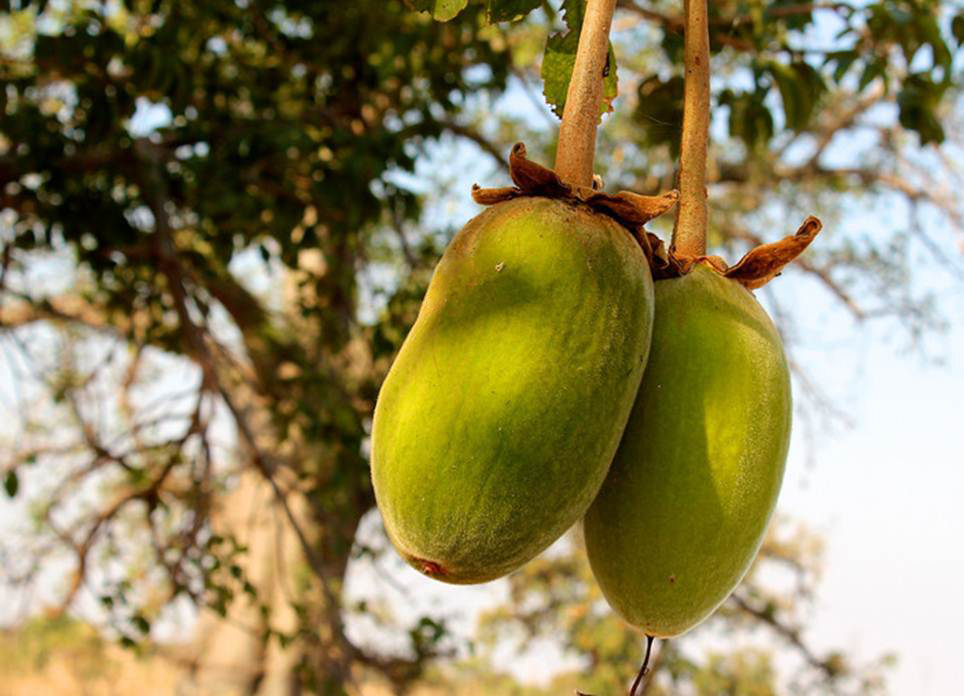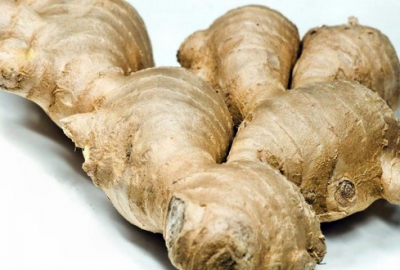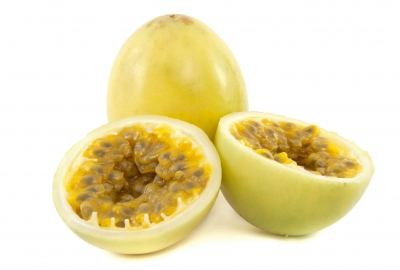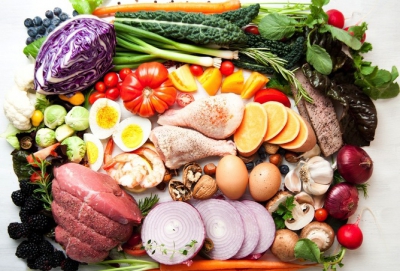Baobab is a fruit from Africa that has recently been approved for use in the EU and UK. The baobab super-fruit is naturally dehydrated. It grows on the African baobab tree, and is encased in a thick hard shell. The fruit pulp itself is white, and is clumped around seeds and red fibers inside the shell.
The fruit pulp is mechanically removed from the shell and seperated from the red fiber. It has a nutty, acidic taste. Baobab pulp is only about 10% water, naturally, and contains significantly more vitamin C than oranges. The dehydrated form of the pulp means that the fruit does not need to be processed, just mechanically seperate, and use. In the EU and UK, it is intended to use baobab fruit pulp for smothies and cereal bars, amongst other possible uses.
Baobab fruit pulp has been given the green light of approval for use in some food and drink applications, with the US FDA signing off GRAS status for the vitamin C-rich ingredient.
Boabab is the fruit of the Adansoniadigitata, (or ‘upside-down’) tree, which grows primarily in South Africa, Botswana, Namibia, Mozambique and Zimbabwe. The fruit, which has a long history of use in Africa, has high levels of antioxidants as well as vitamins C, B1, B2 and minerals calcium, iron and magnesium.
FDA’s letter on non-objection follows the submission at the end of last year of a self-affirmed GRAS (generally recognized as safe) dossier for baobab dried fruit pulp (BDFP).
The application from PhytoTrade Africa – a trade organization representing producers in South Africa – proposed BDFP as an ingredient in blended fruit drinks at a level of up to 10 percent and fruit cereal bars at a level of up to 15 percent.

















